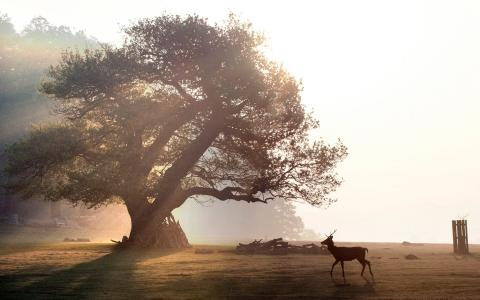
By Tom Ough
If there is such a thing as national talents, then the English are peerless in their acquisitive eye for a symbol. Lion? Just because the king of the jungle isn’t indigenous to Europe doesn’t mean he can’t have a Union flag draped over his haunch. Tea? Our temperate maritime climate is no good for cultivating tea shrubs, but their boiled leaves still make our national drink.
We know what makes a good emblem. Marmalade is Roman. Doesn’t matter. Queuing is universal. Ditto. Morris dancing is Spanish (look it up).
So what about oak? Ship-building, roof-bearing, future King Charles II-hiding oak. As with the rest of our national symbols, it’s not specific to the British Isles. You can find oaks growing from Portugal in the west to the Caucuses in the east, from Italy in the south to Sweden in the north.
Yet still they are entwined with British symbology, and though other countries make similar claims on the oak – both the United States and Germany appear on a long list – England retains more ancient native oak trees than the rest of Europe combined.
Why? This is the question that’s been vexing Aljos Farjon, a researcher at Kew Gardens who himself has been claimed by the English. A Dutchman who took what he thought would be a brief research post at Oxford in the nineties, he stayed another year, and then another. Then he was offered a job at Kew (the Manchester United, roughly, of the botany world), pulled up trees (figuratively) as a world-leading conifer expert, and now makes a living combining those strapping twin trunks of Englishness: oaks and anorakery.

